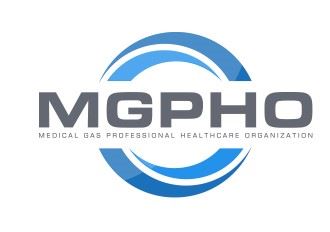Question: "Is there a medical indication that the oxygen 99% provision would make a difference in the prognosis of a severely hypoxemic patient in relation to oxygen 93% provision through oxygen generators?"
Dr. Wong's Response: "No, as long as we focus simply on the clinical factors here. However, before we go into the discussion, it is very important that we discuss two terms that are often erroneously used interchangeably. Those terms are hypoxemia and hypoxia. Hypoxia is the actual shortage of oxygen being delivered to the tissues by the blood. Hypoxia causes oxygen starvation of the tissue during cellular respiration. Hypoexemia, on the other hand, is a decrease in the amount of dissolved oxygen in the arterial blood, as measured by the partial pressure of oxygen on arterial blood gas. This distinction is important because the primary carrier or transporter of oxygen to the tissues is the hemoglobin in the red blood cell. This is why blood looks red when exposed to oxygen and air. It is also why a hypoxic patient turns blue.
Because of hemoglobin in the red blood cells, the critically ill patient does not simply rely on a diffusion gradient to oxygenate their blood. Instead, hemoglobin has a high affinity for oxygen and picks up this oxygen across the capillary membranes of the alveoli (air sacks) in the lungs. This is, in effect, what a pulse oximeter measures - the percentage of red blood cells that are oxygenated. This is also the major determinant of hypoxia.
In addition, there is some "left over" oxygen that diffuses via a concentration gradient into the blood plasma. Think of plasma as the fluid that all the blood cells are immersed in. Some of this oxygen gets dissolved in the plasma, exhibiting a partial pressure that can be measured in the lab. The oxygen contributed by this dissolved oxygen is negligible for cellular respiration because it must first dissolve into the plasma across a concentration gradient, and second then diffuse out of the blood plasma into the cells.
Now, if we change our focus toward pulmonary (lung) respiration, we find that the difference between 93% oxygen and 99% oxygen is insignificant for several reasons. First, room air is 21% oxygen. Therefore, there is very little difference in the competitive effect of 93% or 99% comparatively speaking. Secondly, it is very rare to actually deliver oxygen directly, instead it is often given by nasal cannula or mask. Even when oxygen is given, varying amounts are actually received by the patient because of dilution by ambient air or exhalation. For example, a nasal cannula delivers about 24% - 28% inspired oxygen. The closest thing to an exception is the intubated patient (although there still is some dilution via exhalation at the so called T of the breathing circuit). Finally, we each have physiologic dead space, meaning the conductive parts of the airway that are not involved in gas exchange (gases mixing between the alveoli and the blood) such as the nose, mouth, pharynx, larynx, trachea, bronchi. The gas in these dead spaces warm, moisturize, and dilute out the oxygen being delivered.
Therefore, the clinical effect of oxygen 99 vs. oxygen 93 is negligible. Outside the U.S., oxygen 93 is widely used with no clinical issues. The U.S. military has also used and approved oxygen 93. One of the biggest issues even with home concentrators, is the fact that practitioners are not aware that there are differences between the two. However, we don't find an issue with oxygen therapy when practitioners don't adjust their prescription for said therapy when the type of oxygen changes.
Final thought here is that we are becoming much more aware of the oxidative injury that occurs with use of high oxygen concentrations. In the hypoxic patient, we now strive to use the minimal amount of oxygen possible to maintain appropriate oxygenation of the tissues. Perhaps the biggest clinical concern of oxygen 93 from oxygen concentrators is the theoretical concern of concentrating argon and patients receiving higher than normal amounts of argon gas."
Jonathan Wong, DMD

